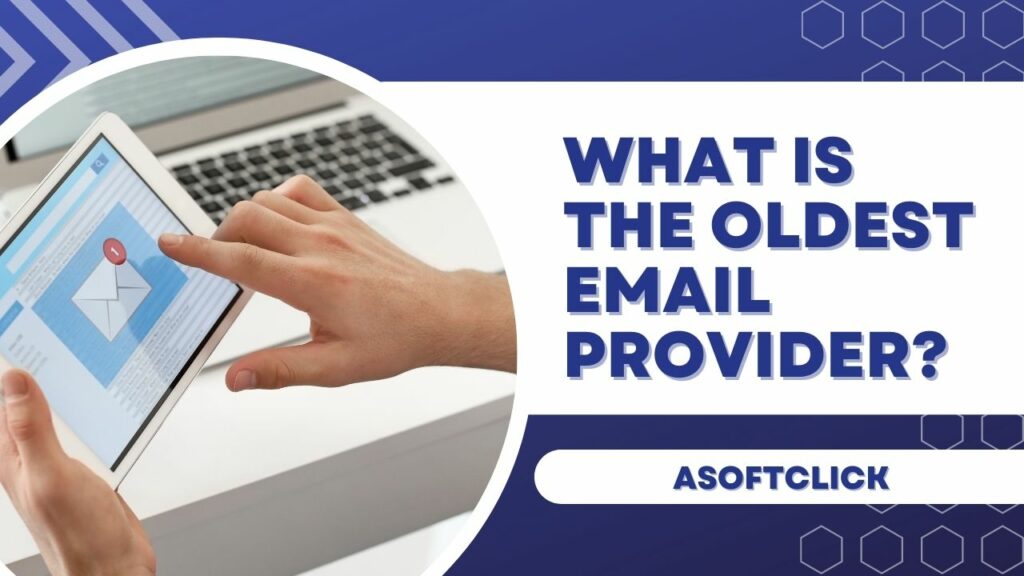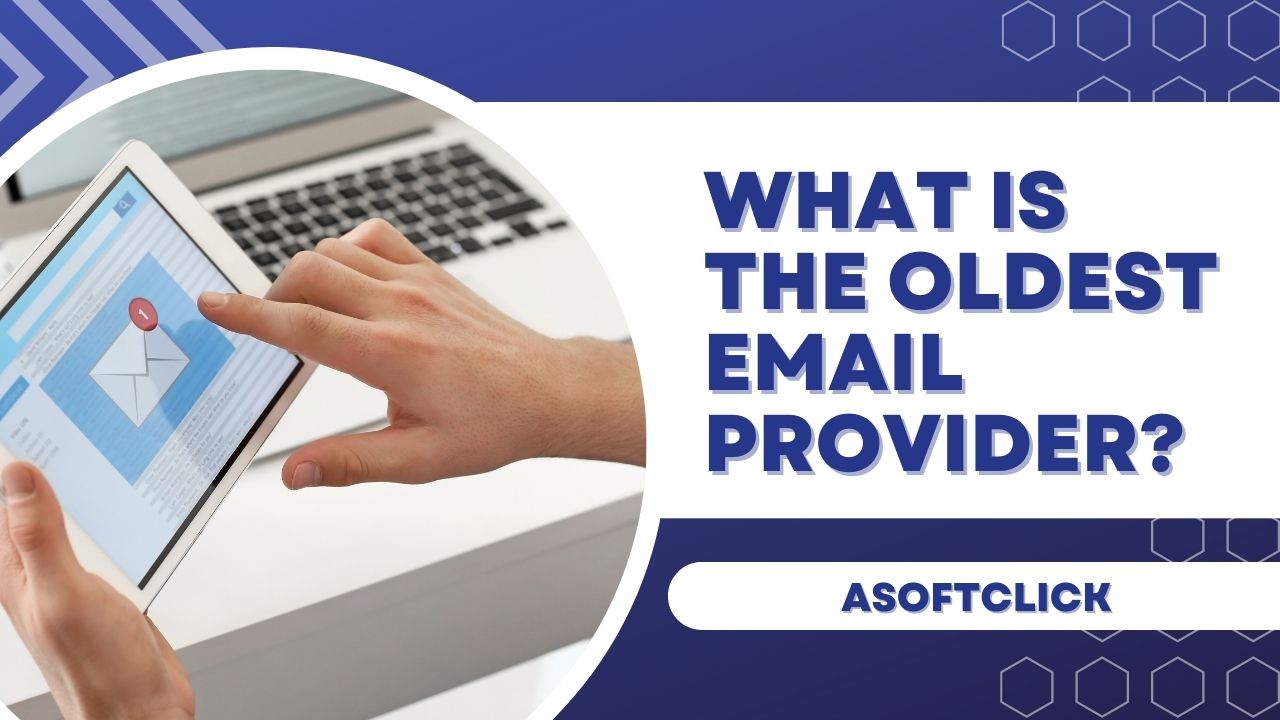 In the contemporary globalized society, electronic mail (email) has assumed an essential function in our everyday existence, fundamentally transforming how we engage in communication, cooperation, and interpersonal interactions. However, one could think about the email provider that pioneered ushering in the era of digital communication. What is the oldest email provider identified as the most ancient platform, pioneering the way for all subsequent services?
In the contemporary globalized society, electronic mail (email) has assumed an essential function in our everyday existence, fundamentally transforming how we engage in communication, cooperation, and interpersonal interactions. However, one could think about the email provider that pioneered ushering in the era of digital communication. What is the oldest email provider identified as the most ancient platform, pioneering the way for all subsequent services?
Email History: The Origin
Have you ever wondered where this prevalent way of communicating came from initially? How did electronic mail start, and who were the early adopters who made it possible? The story of email traces back to the early days of computer networking and the birth of the internet itself. As technology changed and the need for good communication grew, plans were made for a way to make it easy to send and receive email.
A single individual did not create the email but developed from more straightforward beginnings over time. In 1965, the Massachusetts Institute of Technology (MIT) developed and implemented what is to be one of the first email systems. The earlier forms of email were like just slipping a message under someone’s door or onto their desk.
In the 1960s and 1970s, early pioneers in computer science and engineering began imagining ways communications can transmit electronically. Ray Tomlinson, widely regarded as the inventor of electronic mail, greatly influenced this notion.
In 1971, Tomlinson made history by sending the first-ever email between two computers using the now-familiar “@” symbol to separate the recipient’s name from the host computer’s domain. However, email started to gain significant traction and become more available to the general public in the 1980s. With the advent of the Simple Mail Transfer Protocol (SMTP), developed by Jon Postel and other contributors, email systems started emerging, allowing users to send messages across different networks and domains.
Email underwent a period of fast development in the following decades, during which it embraced a variety of new features and functionalities. People can find and organize their electronic messages faster now that many email clients and interfaces are web-built. There are a lot of email service providers nowadays, and each one offers its customers a wide range of choices and features.
The Evolution of Email
Since its inception in the early 1970s, electronic mail has undergone substantial development in terms of technology, functionality, and applications. The following is a concise summary of the story of the email:
- ARPANET and SNDMSG: Email was created on ARPANET, a network operating before the internet. In 1971, Ray Tomlinson suggested using a “@” symbol to separate the “username” and “host” components of email addresses. SNDMSG was his first email software, allowing users on the same machine to send and receive emails with one another.
- Compatibility and Standardization: The late 1970s and early 1980s standardized the protocols for electronic mail. SMTP and POP were developed in 1982 and 1984, respectively. Today’s contemporary society utilizes both procedures.
- Graphical User Interfaces (GUI): In the 1990s, graphical user interfaces were used by email clients to simplify the process of sending and receiving emails. Eudora, Microsoft Outlook, and Netscape Mail became popular due to their address books, folders, and attachments.
- Webmail: Webmail revolutionized email use. Hotmail allowed customers to access their email from any internet-connected device, making it one of the first free webmail services. They started the service in 1996. Yahoo Mail and Gmail offered massive storage and advanced search tools.
- Email on Mobile Devices: Email becomes easier to use with smartphones. Companies have created mobile email apps and mobile-friendly webmail interfaces. Push email technology instantly delivered emails to mobile devices, improving real-time communication.
- Spam and Email Filters: Email usage caused an increase in spam. Most Email service providers and software vendors created spam filters. These algorithms actively delete unwanted messages from the inbox.
- Features for Collaborative Work and Increased Productivity: Email services today go beyond messaging. Integration of calendars, task management, file storage, and communication apps is increasing. Email clients can now share calendars, files, and meetings.
- Encryption and Security: Email encryption is addressing privacy and security concerns. PGP and S/MIME enable users to encrypt and sign messages end-to-end. This ensures email privacy and authenticity.
- Integration of Artificial Intelligence (AI): Recent advances in AI have begun to influence people’s use of email. AI is impacting the use of email. Users manage their inboxes with the help of AI-powered smart answers, email classification, and spam detection.
- Future Trends: Email might soon work with IM and social media sites. This will keep going on. The email could also use AI to be personalized and understand what’s happening.
In general, email has evolved from a simple messaging system into a sophisticated communication and productivity tool due to its users adapting their use to the changing demands of the platform as well as technological improvements.
Features of the oldest email providers
Compared to the feature-packed email services currently accessible, the oldest email providers, which developed in the early days of email marketing, only offered the most fundamental functions.
Old email provider characteristics
- Basic Email Composition: Users could write and send text-based messages using the provider’s or command-line interface. The email body is where people can write. Other fields in email creation are “To” for the recipient’s email address, “Subject” for a summary of the email’s content, and “From” for the sender’s email address.
- Inbox and Sent Folders: Email users could read and react to messages in their inboxes. Emails were stored in the inbox until they were read, deleted, or moved to another place. In sent files, users can save their emails.
- Address Book: The most basic email services provided address books. You may include email addresses, names, phone numbers, and places. When composing emails, users can pick recipients from their address books, making communicating with saved contacts easier.
- Forwarding and Replying: Users could send emails to other people to get the word out. “Reply” allowed email senders and receivers to talk back and forth.
- Attaching Files: Users of older email services could send files, but this feature could have been more helpful. Most of the time, the maximum file size was small, and you could only send plain text or files in a certain format.
- Email Filtering: Email screening was part of basic email systems. Users can use these settings to set up rules that sort new emails into folders based on the sender, the subject, or keywords. This made it easier to handle emails and organize the inbox.
- Support for POP and SMTP: Before the standardization of email protocols, older email service providers let you use both POP and SMTP. SMTP and POP made it possible to send and receive emails. POP allows users to save emails from their email provider’s service on their computers.
You may also like: Email Excellence: How to Choose the Best Provider for You!
What is the oldest email provider?
The following are some of the oldest and most popular email providers:
1. Hotmail
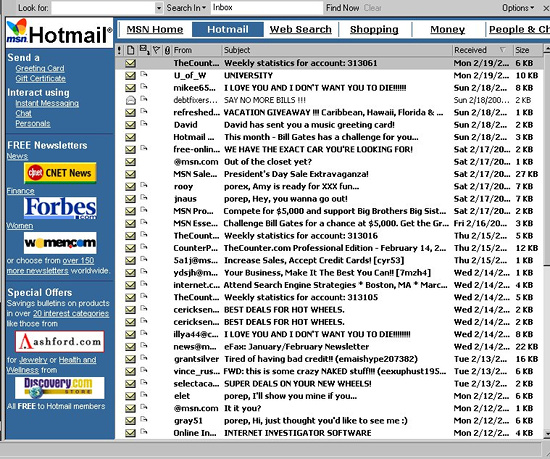
One of the oldest and most well-known email services, Hotmail, is now called Outlook.com. Sabeer Bhatia and Jack Smith developed the idea for Hotmail, which was first used on July 4, 1996. It was one of the first web-based email services that let users receive their emails through a web browser instead of a dedicated email client.
At the time, Hotmail had a lot of cool features, like free email accounts with a lot of storage space (it started with 2 MB and grew from there), the ability to view emails from any internet-connected device, and an easy-to-use interface. In 1997, Microsoft bought Hotmail, and it became a part of the goods and services that Microsoft offered.
2. AOL Mail
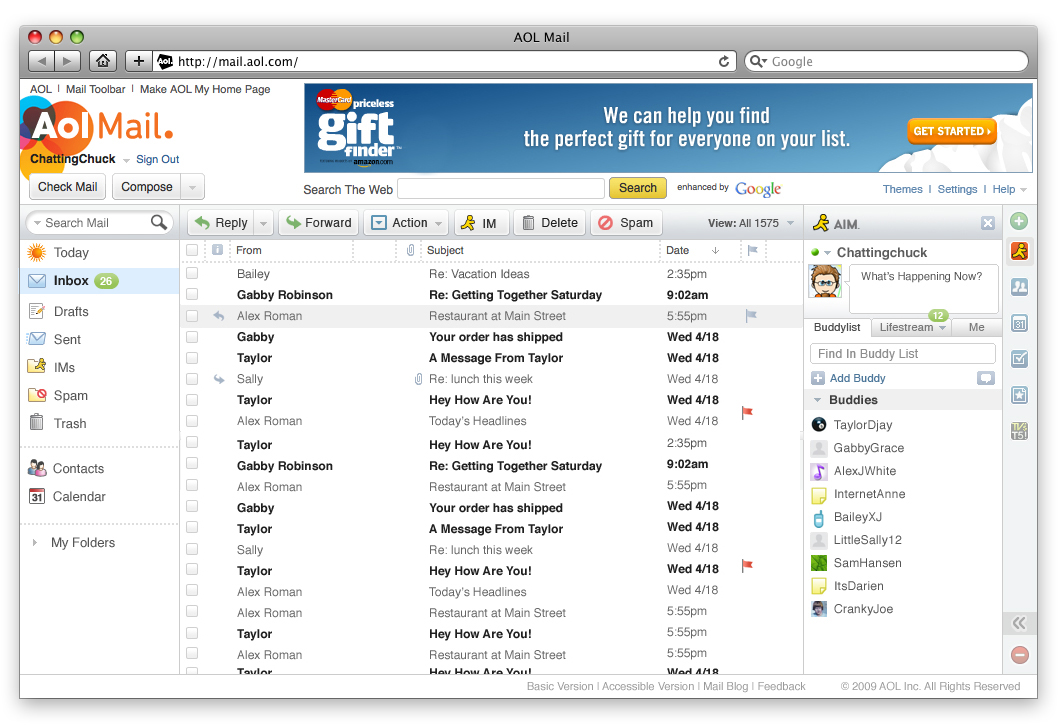
America Online (AOL) started AOL Mail in 1993. At the time, it was primarily known as an ISP, or internet service provider, that gave people dial-up access to the internet. Along with its Internet services, AOL gave its customers email accounts to write and receive emails.
During the late 1990s and early 2000s, AOL Mail became famous and was one of the most used email services. It gave people an easy-to-use interface, an address book, spam screening, and space to store their emails.
3. Yahoo Mail
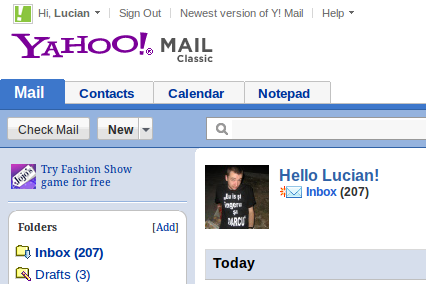
Yahoo!, now part of Verizon Media, started Yahoo Mail in 1997. It became famous quickly and was among the most popular web-based email services. Yahoo Mail gave people free email accounts with much storage space, easy-to-use interfaces, and various features like spam filters, folders, and themes you could change.
In its early years, Yahoo Mail fought with other email services like Hotmail (now Outlook.com) and AOL Mail. It was a big part of why web-based email became so popular and why many people now use it as their primary way of talking to each other.
4. CompuServe
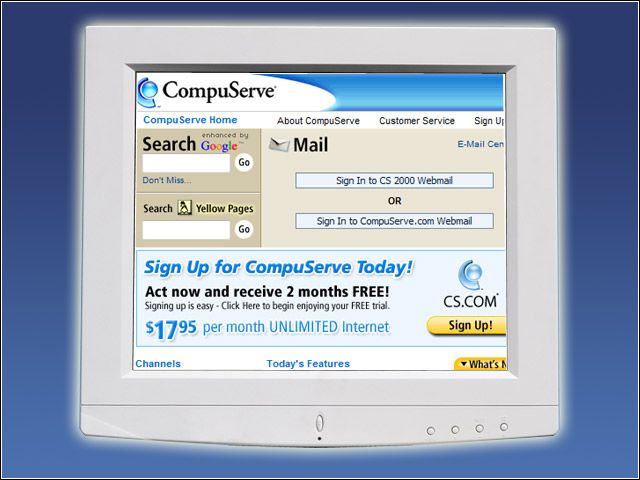
CompuServe was one of the first prominent online service providers to offer popular email and other services to its users. It was first established in 1969.
CompuServe’s email service allows users to write and receive messages within the CompuServe network.
During the 1980s and 1990s, companies and professionals who relied on online communication often used CompuServe’s email service. It had boxes for messages, address books, and the ability to send files.
CompuServe had to compete with new internet-based email services in the late 1990s, but it kept giving its users email services. But as time passed, CompuServe’s fame went down, and the service stopped running in 2009.
Oldest email providers: Impact and legacy
The oldest email service providers greatly affected how online communication has changed over time and left a lasting mark on the digital world. Web-based email services like Hotmail and Yahoo Mail were the first to make email available through web browsers. This changed the industry and led to a lot of people using email. The idea of free email accounts with much storage became famous because of these companies. This made email available to millions of people around the world. They made the interfaces easy to use and added new features. They also set guidelines for email protocols, which helped technology get better. People think of email as an essential tool for conversation because of how well-known and influential these companies are. They paved the way for modern email services and continue to impact how email is used today.
Current status of the oldest email providers
The situation of the oldest email service providers is currently everywhere. AOL Mail, Yahoo Mail, and Hotmail (now known as Outlook.com) are all still functioning and continue offering email services to their respective user bases. These suppliers have modified their offerings in response to shifting user requirements and advancements in technology by adding new functionalities and enhancing their user interfaces. Even if their user base and popularity may have changed over time, they continue to be critical participants in the business of providing email services. It is essential to remember that the landscape of email providers is in a state of constant flux, with new services appearing on the market regularly and old providers adapting their offerings to remain competitive.
Conclusion
In conclusion, when discussing the oldest email provider, it is essential to recognize the critical efforts of many of the field’s early pioneers. Even though early systems like the MAIL program on CTSS at MIT came before them, SRI International’s Augmentation Research Center Network (SRI-NIC) is the oldest email service the general public can use. But Hotmail, now called Outlook.com, AOL Mail, and Yahoo Mail, stand out as some of the oldest and most important email services people know and use. These providers greatly impacted how email works by bringing web-based email, making free email accounts popular, securing data privacy, and making interfaces and features that were easy to use and new. Even though the industry has changed and new companies have joined, the legacy of these oldest email providers still affects how we speak and connect through email.

